Laravel Architect - Laravel CRUD generator
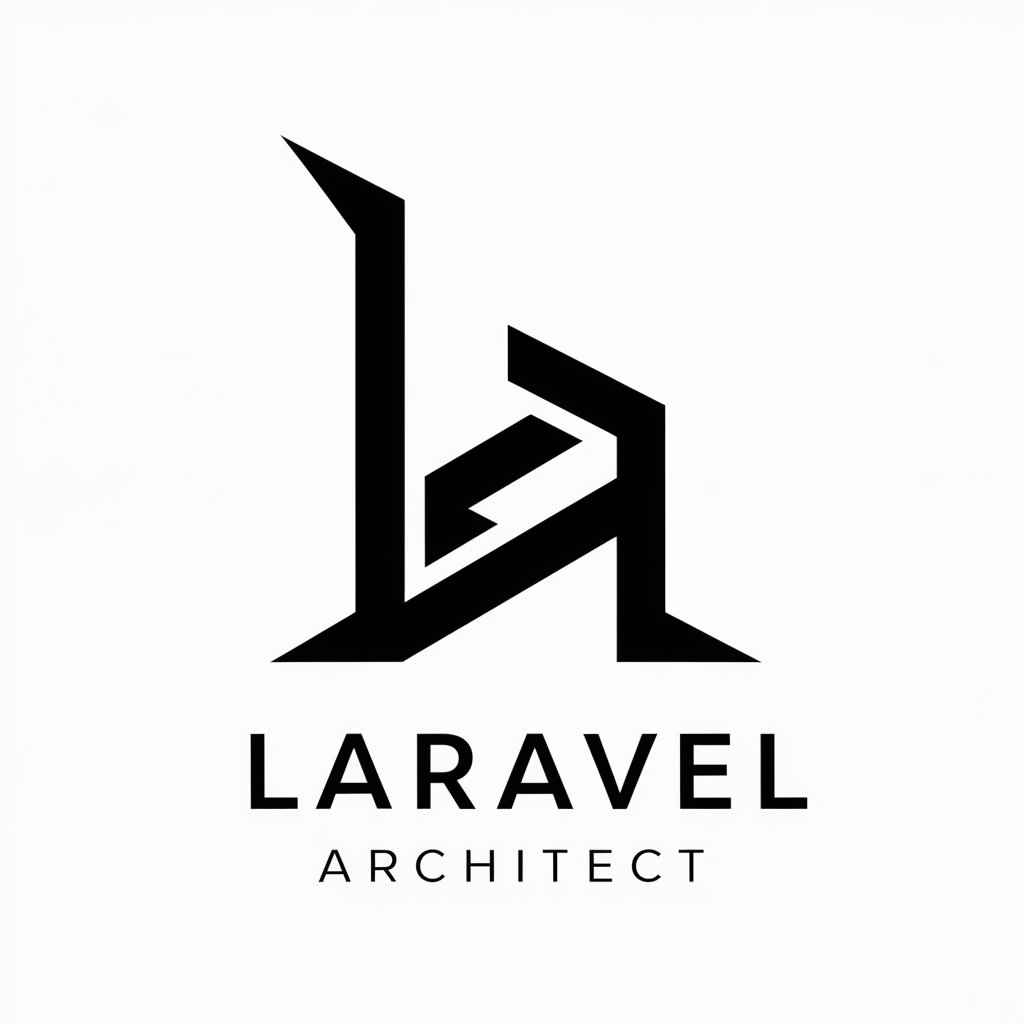
Welcome to Laravel Architect, your CRUD operations expert.
Automate Laravel with AI
Generate CRUD operations for a Laravel application
Create a migration file for a Laravel model
Develop a validation request class in Laravel
Design a controller for managing resources in Laravel
Get Embed Code
Introduction to Laravel Architect
Laravel Architect is a specialized tool designed to streamline the development of Laravel applications by providing a structured approach to generating and managing CRUD operations. This tool leverages Laravel's robust framework capabilities to offer a suite of functionalities that includes creating database migrations, defining models, formulating requests for data validation, crafting controllers for handling business logic, setting up routes, and designing views. By automating these aspects, Laravel Architect significantly reduces development time and enhances code consistency. An example scenario would be developing a web application for managing events, where Laravel Architect would handle everything from database setup to user interface creation. Powered by ChatGPT-4o。

Main Functions of Laravel Architect
Database Migrations
Example
<?php use Illuminate\Database\Schema\Blueprint; use Illuminate\Support\Facades\Schema; Schema::create('events', function (Blueprint $table) { $table->id(); $table->string('name'); $table->string('address'); $table->decimal('price', 8, 2); $table->date('date'); $table->time('time'); $table->timestamps(); $table->softDeletes(); }); ?>
Scenario
Setting up a new 'events' table in a database with fields for managing event details.
Model Setup
Example
<?php namespace App\Models; use Illuminate\Database\Eloquent\Model; use Illuminate\Database\Eloquent\SoftDeletes; class Event extends Model { use SoftDeletes; protected $guarded = []; } ?>
Scenario
Defining an Eloquent model for the 'events' table to interact with the database.
Request Validation
Example
<?php namespace App\Http\Requests\Admin; use Illuminate\Foundation\Http\FormRequest; class EventRequest extends FormRequest { public function rules() { return ['name' => 'required|string|max:255', 'address' => 'required|string|max:255', 'price' => 'required|numeric|min:0', 'date' => 'required|date', 'time' => 'required']; } } ?>
Scenario
Creating a request class to handle and validate user inputs for event creation or editing.
Controller Logic
Example
<?php namespace App\Http\Controllers\Admin; use App\Models\Event; use App\Http\Requests\Admin\EventRequest; class EventController extends Controller { public function store(EventRequest $request) { $event = Event::create($request->validated()); } } ?>
Scenario
Implementing a controller to manage the business logic of event operations, such as storing and retrieving event data.
Routing
Example
Route::resource('events', 'EventController');
Scenario
Defining routes that link HTTP requests to controller actions for the 'events' resource.
View Composition
Example
<x-crud title='Events'> <x-slot name='table'> <x-admin-table :records='$events' /> </x-slot> <x-slot name='form'> <x-admin-form :record='$event' /> </x-slot> </x-crud>
Scenario
Creating views using components to display event tables and forms within the application.
Ideal Users of Laravel Architect
Web Developers
Developers who are building complex web applications using Laravel and need a reliable tool to expedite CRUD operations, ensuring faster development cycles and consistent code.
Startup Teams
Startup teams that require rapid prototyping and iterative testing. Laravel Architect can help such teams to quickly set up and modify their web applications as per evolving business requirements.
Educators and Students
Educators teaching web development, specifically in Laravel, can use Laravel Architect to demonstrate the application lifecycle from database management to user interface creation. Students can use it to learn about best practices in Laravel development.

Using Laravel Architect
1
Visit yeschat.ai for a free trial, no login or subscription required.
2
Download and install Laravel, Composer, and any related dependencies necessary for your development environment.
3
Review and familiarize yourself with Laravel's MVC architecture and Eloquent ORM, as these are crucial for utilizing Laravel Architect effectively.
4
Use the provided CRUD operation templates and modify them according to your project's requirements, focusing on migrations, models, views, controllers, and routes.
5
Test your application thoroughly in a local development environment before deploying changes to production servers.
Try other advanced and practical GPTs
Azure Architect
Power Your Cloud with AI

Code Architect
Powering Code with AI Precision

Chatbot Architect
Empowering Conversations with AI
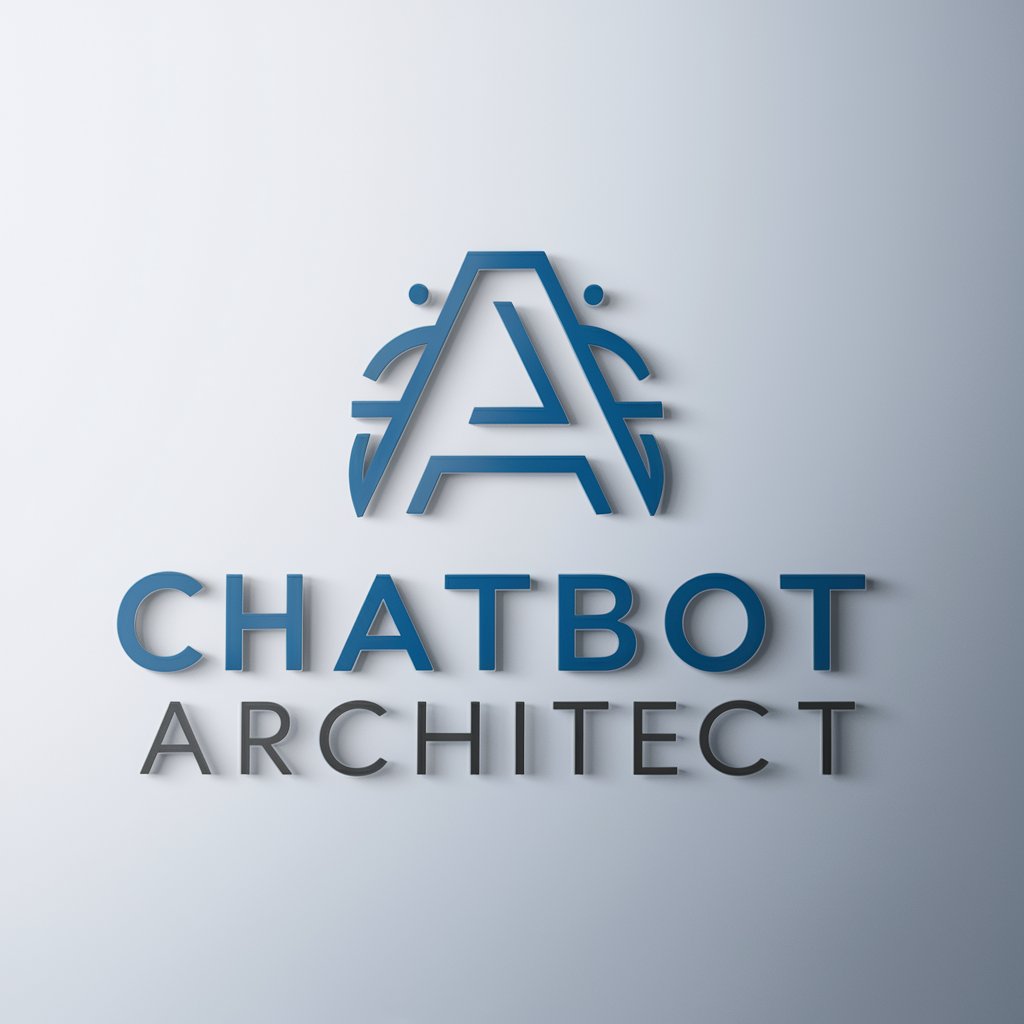
Your Clinical Trials Billing Compliance Partner
AI-powered precision for billing compliance

Rudyard Kipling
Elevate Your Writing with AI

Safety Card Assistant
Streamline safety with AI-powered observations

Prompt Architect
Tailoring AI to Your Creative Needs

SolRust Architect
Empowering Development with AI-driven Rust and Crypto Expertise
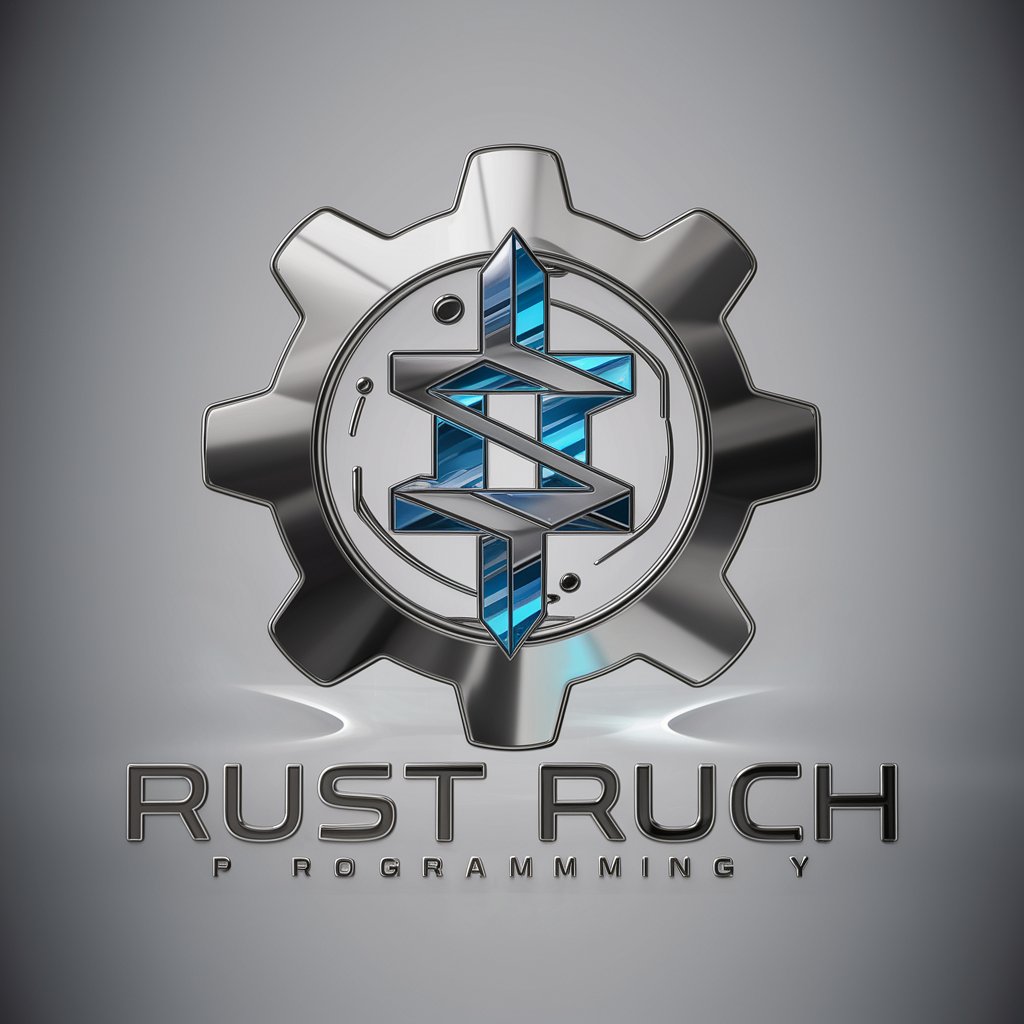
Resume Architect
Craft Your Professional Edge with AI
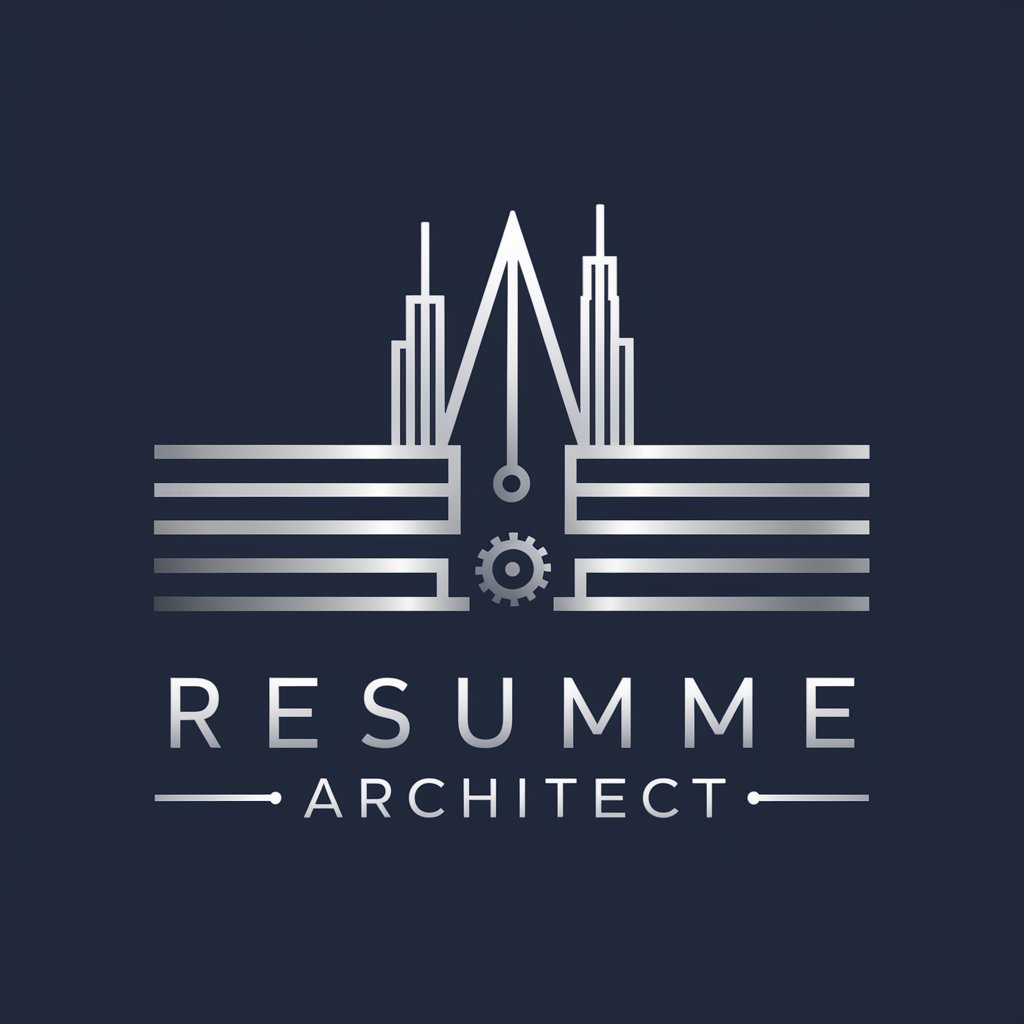
ArchiMate Architect
Crafting architecture with AI precision
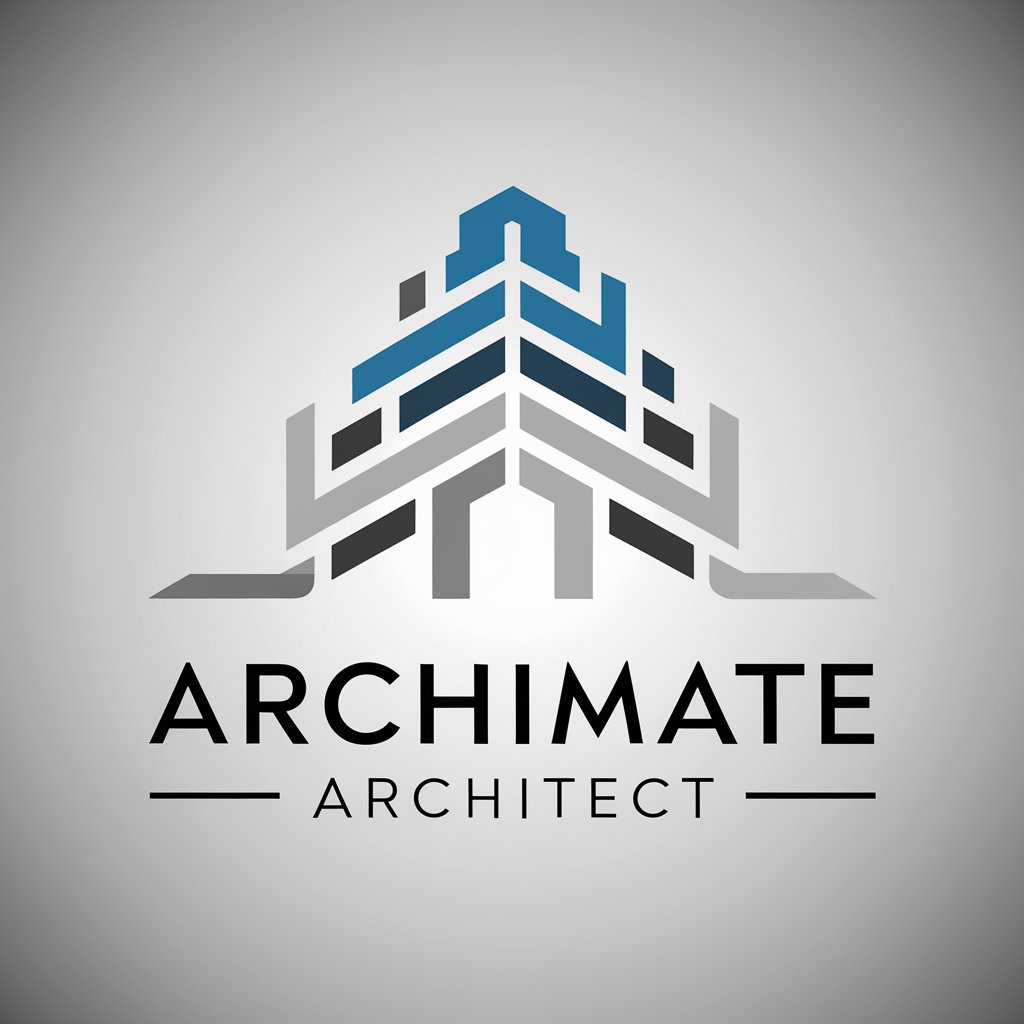
DBT Architect
Empowering data transformation with AI expertise.
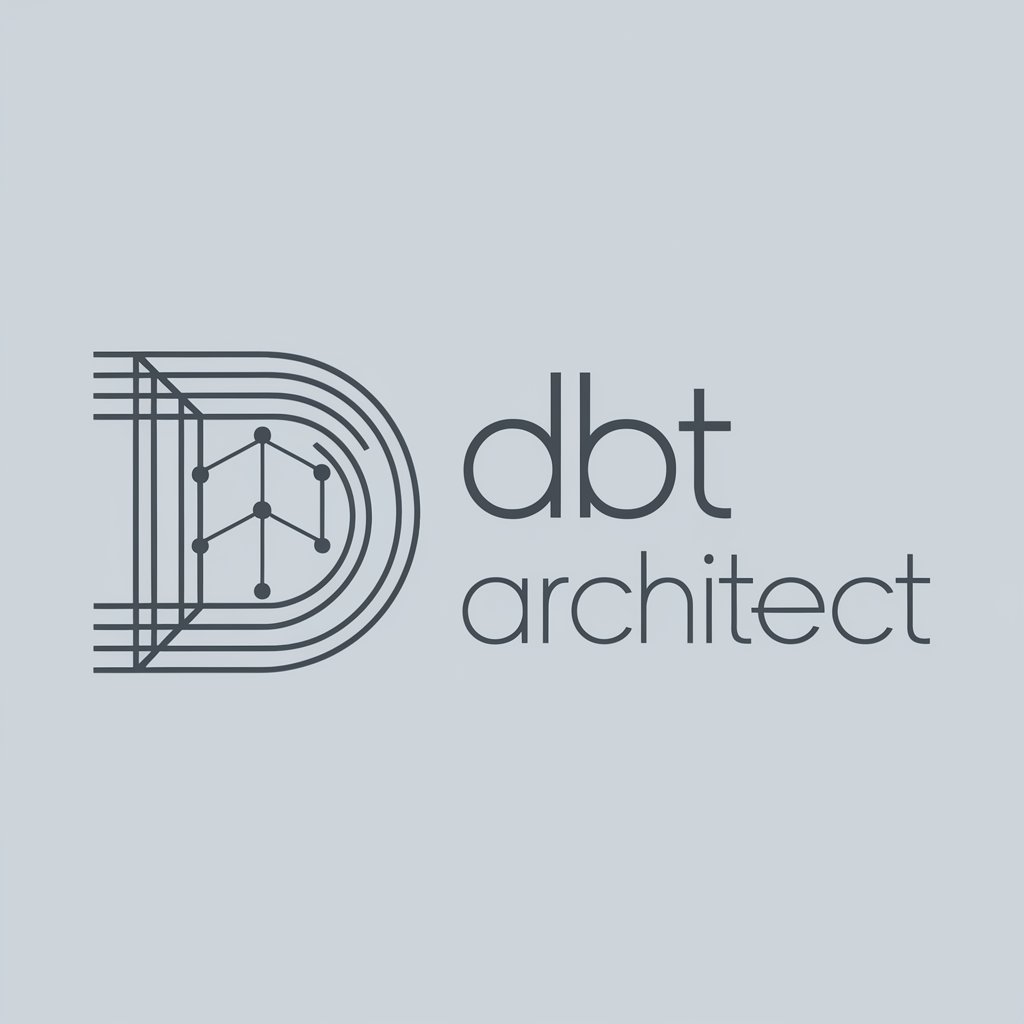
DramaBubble Discover
Your AI-Powered Drama Guide

Laravel Architect Q&A
What is Laravel Architect designed for?
Laravel Architect is designed to assist developers in generating and managing CRUD operations within a Laravel framework, simplifying the development process for managing databases and user interfaces.
How does Laravel Architect handle database migrations?
It provides templates and guidance for creating migrations that define the database schema. You can customize these templates to add or modify tables and their attributes.
Can Laravel Architect integrate with other tools or frameworks?
Yes, while it is primarily designed for Laravel, it can be configured to work with other related tools such as Vue.js for front-end operations or integrate with APIs.
What are the benefits of using Laravel Architect for a new Laravel developer?
It accelerates the learning curve by providing ready-to-use code templates and structures, encourages best practices in Laravel development, and helps in quickly setting up a standard project structure.
How does Laravel Architect enhance application security?
By adhering to Laravel's built-in security features and best practices, including secure database migrations, validated requests, and controlled access to resources.
